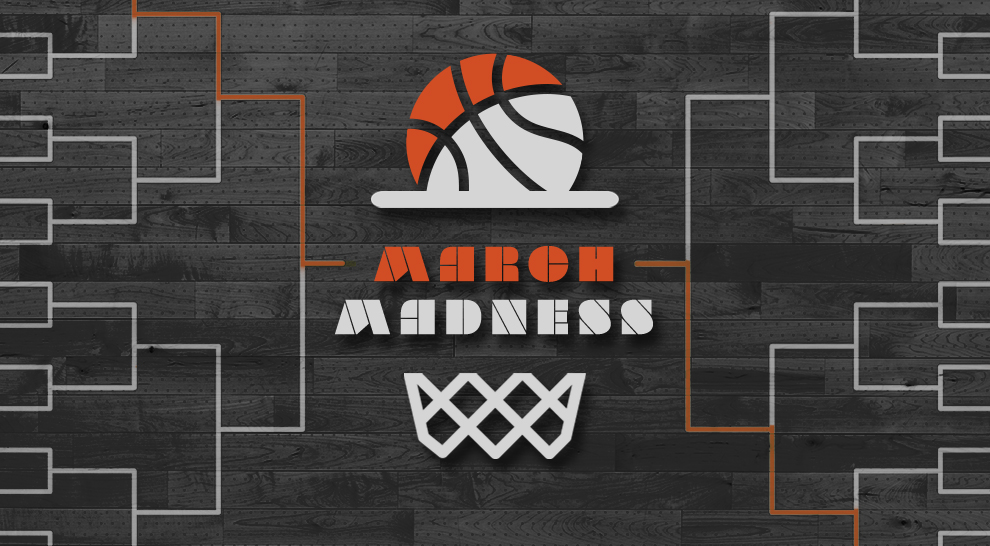Drive your March Madness media plan to the National Championship.
By Christine Formenti, Media Supervisor, Strategic Audio Video Investment; Mike Hill, Search/Paid Social Supervisor; Claudia Bahena, Senior Media Buyer, Digital Lead, Strategic Audio Video Investment
Super Bowl LV was the first high-profile event of the year that showcased how brands and consumers have changed the way they interact through large-scale live sporting events. There are three takeaways to learn from as we head into March Madness:
- The rise in streaming
- Brands that connected with fans socially versus traditional TV
- Brands implementing technologies to play off what was happening on TV
Linear still delivers mass audiences, but live streaming across OTT stole the show. Nielsen reported 91.6 million viewers across linear TV, which is about 9% lower than Super Bowl LIV.
However, according to CBS, there was a 65% increase in streamers versus last year’s game, which shows that consumers continue to shift away from linear TV. And this was the first Super Bowl that had over one billion minutes streamed.
For March Madness, we think consumer trends will remain consistent. Streaming will continue to make gains as fewer fans can gather to watch games from the stands, at bars and with friends.
March Madness happens for several weeks and throughout the week (the work week or school week), competing with viewers’ other tasks; fans have traditionally looked to desktop to stream the games in the background. As most fans are still at home, rather than having to use their desktop to watch the games, they can look to their big screen to watch the games in all their glory.
Social is driving connections to fans that brands have long desired. This is especially true when looking at Twitter. In fact, two-thirds (69%) of people surveyed on Twitter agree that being part of the sports conversation on Twitter helps them feel more connected to the game, significantly more than other leading social media platforms.
With the continued growth in usage of social media, brands can use social to build connection with consumers who are trying to find more ways to feel part of the game. A great example of how a brand looked to social to reach Super Bowls fans was with Corona:
- Corona looked to social platforms to provide a fun way for fans to interact with the brand leading up to the big game. It was a part of the Super Bowl conversation without buying an ad in the game.
Using different technologies to bring the game into the fans’ hands. More brands have shifted their focus to an integrated content strategy that utilizes technologies like artificial reality (AR), live streaming within social, or Snap filters to create opportunities for fans to engage simultaneously with brands across social and traditional media.
This approach was seen during the Super Bowl across a couple different brands:
- Cheetos created a Snap lens that reacted with their commercial during the game to give users free Cheetos products via their phone.
- Pepsi won Twitter’s Brand Bowl utilizing a strategy around the halftime show involving exclusive social media prizes and content in addition to live tweeting, even at other brands.
If you are not doing so already, 2021 is the year to make a bigger push to connect with sports fans using social.
The days of simply sponsoring high-profile sporting events, like the Super Bowl and March Madness, with linear TV buys only are long over. To win with fans, brands need an interconnected approach that leverages different channels and mediums to create a more well-rounded consumer connection.
More Insights
- February 1, 2021 COVID-19: Lessons learned from 2020 and their impact for marketers in 2021.
- January 21, 2021 Six ways to break into the Super Bowl without being in-game.
- December 18, 2020 COVID trends that are here to stay.
